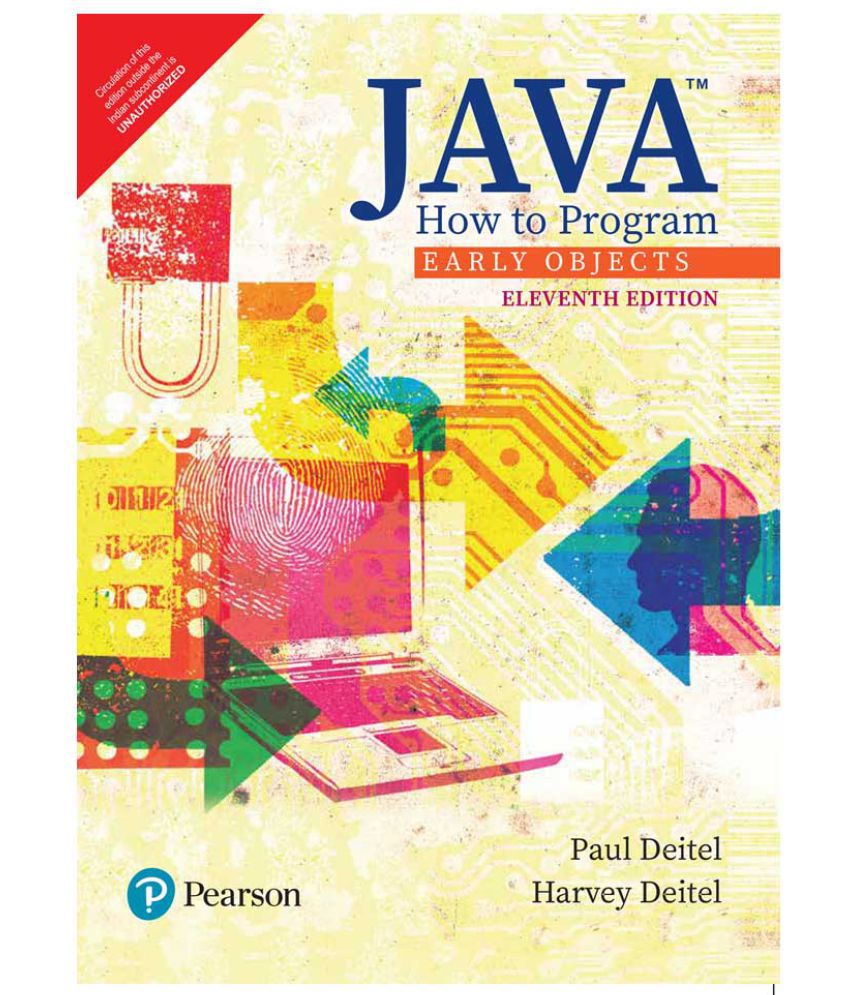Something went wrong. Please refresh the page and try again.
Something went wrong. Please refresh the page and try again.
Notifications can be turned off anytime from settings.
Item(s) Added To cart
Qty.
Something went wrong. Please refresh the page and try again.
Something went wrong. Please refresh the page and try again.
Exchange offer not applicable. New product price is lower than exchange product price
Please check the updated No Cost EMI details on the payment page
Exchange offer is not applicable with this product
Exchange Offer cannot be clubbed with Bajaj Finserv for this product
Product price & seller has been updated as per Bajaj Finserv EMI option
Please apply exchange offer again
Your item has been added to Shortlist.
View AllYour Item has been added to Shopping List
View All

No Cost EMI of Zero Emi Vendor applied on the product
You selected EMI of for monthsChangeGenerally delivered in 5 - 9 days
Item is available at . Change
You will be notified when this product will be in stock
| ||||||||||||||
Unparalleled breadth and depth of object-oriented programming concepts. The Deitels’ groundbreaking How to Program series offers unparalleled breadth and depth of programming fundamentals, object-oriented programming concepts and intermediate-level topics for further study. Java How to Program, Early Objects, 11th Edition, presents leading-edge computing technologies using the Deitel signature live-code approach, which demonstrates concepts in hundreds of complete working programs. The 11th Edition presents updated coverage of Java SE 8 and new Java SE 9 capabilities, including JShell, the Java Module System, and other key Java 9 topics. [Java How to Program, Late Objects, 11th Edition also is available.]
Features
This title is a Pearson Global Edition. The Editorial team at Pearson has worked closely with educators around the world to include content which is especially relevant to students outside the United States.
Prepare students to meet Java programming challenges
Rich coverage of programming fundamentals; real-world examples.
Friendly early classes and objects presentation.
Use easily with Java™ SE 8 and/or the new Java™ SE 9.
Java SE 9 content is in easy-to-include-or-omit sections.
Perfect for instructors who want to stay in Java SE 8 for a while and ease into Java SE 9.
Perfect for instructors who want to add JShell (Java 9’s interactive Java) to their Java SE 8 or Java SE 9 courses.
Signature live-code approach teaches programming by presenting the concepts in the context of complete working programs.
The text’s modular organization is appropriate for introductory and intermediate programming courses, and helps instructors plan their syllabi.
Table Content
1. Introduction to Computers, the Internet and Java
2. Introduction to Java Applications; Input/Output and Operators
3. Introduction to Classes, Objects, Methods and Strings
4. Control Statements: Part 1; Assignment, ++ and -- Operators
5. Control Statements: Part 2; Logical Operators
6. Methods: A Deeper Look
7. Arrays and ArrayLists
8. Classes and Objects: A Deeper Look
9. Object-Oriented Programming: Inheritance
10. Object-Oriented Programming: Polymorphism and Interfaces
11. Exception Handling: A Deeper Look
12. JavaFX Graphical User Interfaces: Part 1
13. JavaFX GUI: Part 2
14. Strings, Characters and Regular Expressions
15. Files, Input/Output Streams, NIO and XML Serialization
16. Generic Collections
17. Lambdas and Streams
18. Recursion
19. Searching, Sorting and Big O
20. Generic Classes and Methods: A Deeper Look
21. Custom Generic Data Structures
22. JavaFX Graphics and Multimedia
23. Concurrency
24. Accessing Databases with JDBC
25. Introduction to JShell: Java 9’s REPL
Chapters on the Web
A. Operator Precedence Chart
B. ASCII Character Set
C. Keywords and Reserved Words
D. Primitive Types
E. Using the Debugger
Appendices on the Web
Index
Online Chapters and Appendices
26. Swing GUI Components: Part 1
27. Graphics and Java 2D
28. Networking
29. Java Persistence API (JPA)
30. JavaServer™ Faces Web Apps: Part 1
31. JavaServer™ Faces Web Apps: Part 2
32. REST-Based Web Services
33. (Optional) ATM Case Study, Part 1: Object-Oriented Design with the UML
34. (Optional) ATM Case Study, Part 2: Implementing an Object-Oriented Design
35. Swing GUI Components: Part 2
36. Java Module System and Other Java 9 Features
F. Using the Java API Documentation
G. Creating Documentation with javadoc
H. Unicode®
I. Formatted Output
J. Number Systems
K. Bit Manipulation
L. Labeled break and continue Statements
M. UML 2: Additional Diagram Types
N. Design Patterns
The images represent actual product though color of the image and product may slightly differ.
Java How to Program: Early Objects, 11th Edition by Pearson
Rs. 928
Register now to get updates on promotions and
coupons. Or Download App